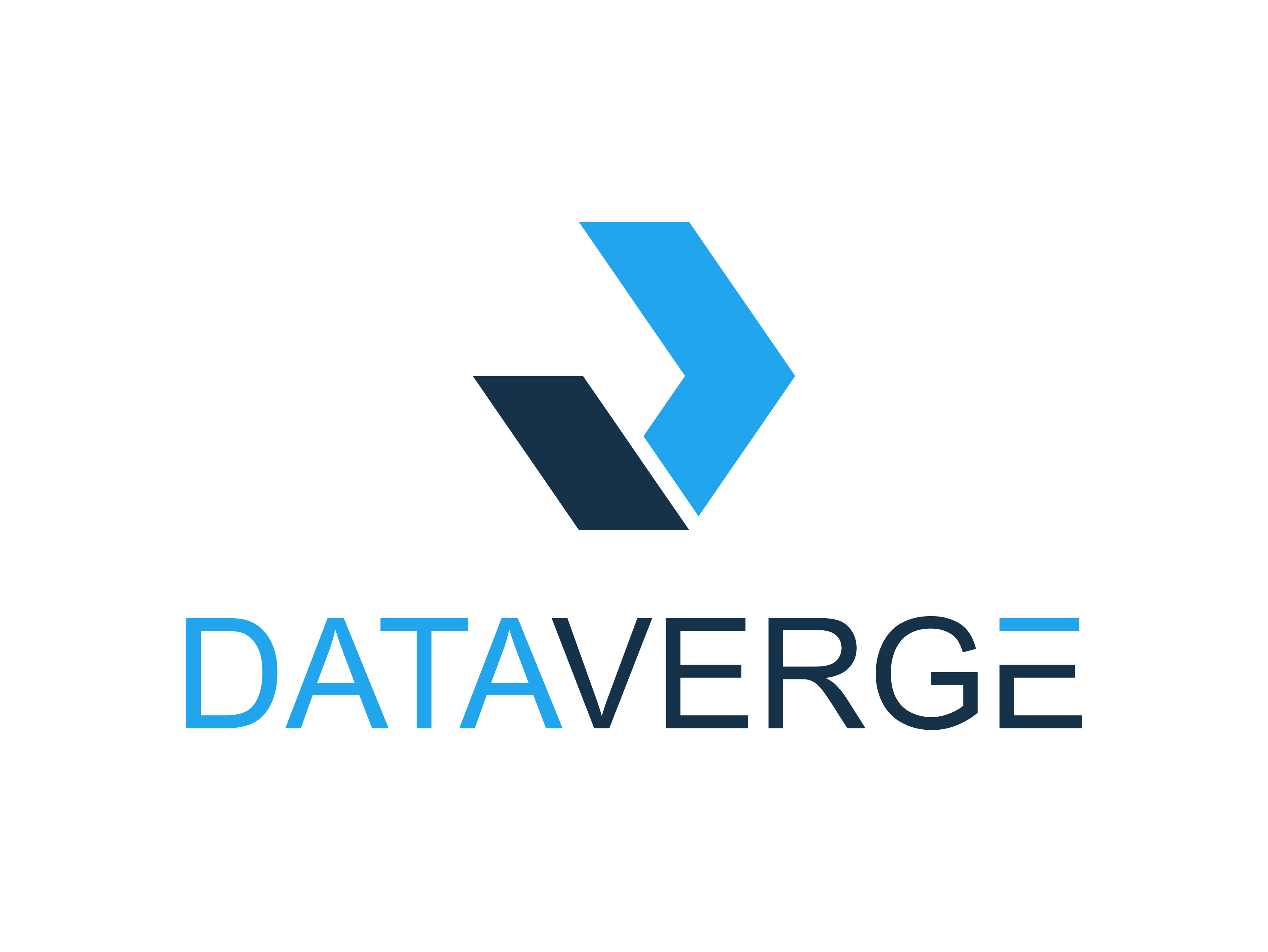
5 Reasons to Move to a Colocation Data Center Instead of Staying On-Prem
Ask most people today what the alternative to the cloud is, and they’ll probably say “on-prem.” We tend to think in terms of a cloud vs. on-premises dichotomy.
Actually, though, there is a third-option: Colocation data centers. In a colocation data center (also known as a colocation facility, or just a colo), businesses can run workloads that they don’t want to place in the cloud, but also don’t want to operate in an on-prem facility that they have to manage themselves.
Why would you choose to use a colo instead of keeping workloads on-prem? That’s a great question with several great answers. This article discusses them by explaining the top five reasons to use a colocation facility as opposed to remaining on-prem.
Colocation is more scalable
One of the main benefits of a colocation data center is that it provides the capacity for your IT estate to keep growing indefinitely.
On-prem, you’ll sooner or later run into the wall -- literally and figuratively -- when it comes to how many servers you can accommodate. This isn’t just a matter of physical space (although that’s part of it, because you can only fit so many servers in a local server room), but also of issues like how much power is available on-prem and how many CPUs you can reliably keep cool using an on-prem HVAC system that probably wasn’t designed to support rack upon rack of servers.
In a colocation facility, the amount of resources available to host your infrastructure is virtually limitless (at least until you get to the point where you are consuming an entire data center, but unless you are a hyperscale tech company, you probably aren’t going to do that). You don’t have to worry that your IT needs will outgrow your physical space.
Colocation is more reliable
Colocation data centers are designed to do one thing, and do it very well: Host infrastructure in an ultra-reliable manner. To do that, they provide features like redundant power supplies, high-efficiency cooling, rock-solid physical security and resilience against natural disasters like hurricanes and floods.
Chances are that your on-prem facilities don’t meet these high standards. They are usually just server rooms attached to office space or a corporate campus that was built with other priorities in mind.
If you want to maximize the reliability of your infrastructure and workloads, colocation is clearly the way to go.
Colocation is often cheaper
Not only do colocation centers provide more scalability and reliability for your workloads than an on-prem space, but they also tend to do so more cheaply.
You may assume that you can save money by running your infrastructure using on-prem space that you already own, as opposed to renting space in a colo center. However, chances are that the cost of things like electricity, cooling and physical security will be a lot higher on-prem than it is in a colocation facility that is designed to provide these resources on a massive scale at low cost.
Over the long term, your total cost for infrastructure hosting is very likely to be lower when you use colocation.
Colocation has broader geographic reach
If you run workloads on-prem, you can only deploy them in locations where you already have a presence -- or where you are willing to invest in acquiring a presence by acquiring new space, which is usually an expensive and complex endeavor.
In contrast, when you use colocation, you can easily place your workloads wherever you need them. This makes colocation a great way to increase your geographic reach and place infrastructure in locations that are closer, in geographic terms, to your users than your existing site. In turn, colocation can boost performance and optimize the customer experience by minimizing network latency for data traveling between your users and your servers.
Plus, if you want to switch from one location to another, you can easily do that when using colocation. On-prem, divesting from one site and moving to another tends to come with a lot more baggage and complexity because you can’t just pick up your servers and walk away.
Colocation can include managed services
A final key benefit of colocation is that many colocation providers offer not just data center real estate, but also managed services. These services include assistance with tasks like setting up servers, monitoring for performance and availability issues, managing security threats, backing up data and much more.
You can’t get these services on-prem unless you provide them yourself, or hire them out to a managed service provider.
By choosing a colocation provider who also offers managed services, however, you can get the IT support you need and the infrastructure space you need in one convenient package. You’ll always have hands on-site to help manage your servers -- and you can be confident that the support providers you work with know your data center inside and out, because they spend 100 percent of their time working in it.
Conclusion
We won’t say that every on-prem workload should move to a colocation data center. If you have a very small handful of servers to operate, and you don’t have high reliability or security needs, colocation may be overkill.
But in many cases, keeping workloads on-prem just doesn’t make good sense today. Colocation providers can host your infrastructure more effectively and at a lower cost than you can host it yourself. And they may offer managed services to boot, making your experience even more convenient.
























